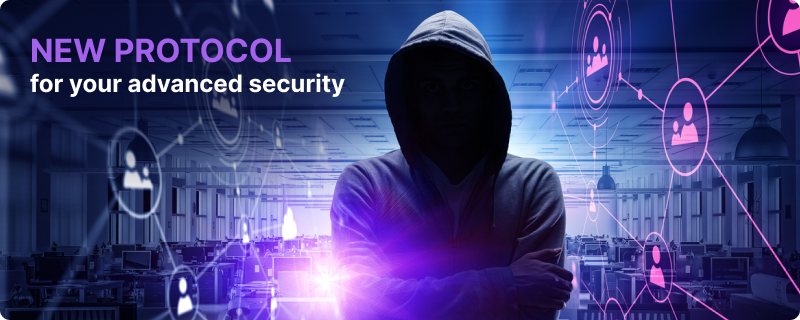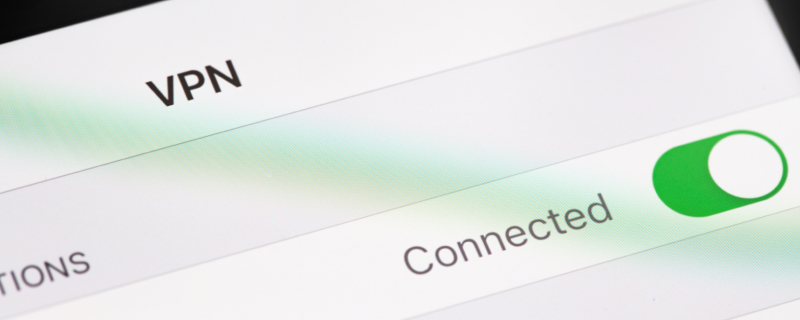
- 6 min read
- Aug 23, 2023

Virtual Private Networks (VPNs) are essential tools for protecting your online privacy and security in today’s digital world. By encrypting your internet connection, a VPN shields your online activities from hackers, ISPs, and other third parties. Additionally, a VPN allows you to bypass geographical restrictions and access blocked content. In this beginner’s guide, we’ll cover the basics of using a VPN, including selecting a provider, setting up the service, and making the most of its features.
Selecting a reliable VPN provider is crucial to ensure your online privacy and security. Consider the following factors when choosing a VPN service:
Once you’ve chosen a provider, sign up for a subscription on their website. Most VPN services offer various pricing plans, often with discounts for longer commitments. After signing up, download the VPN app for your device from the provider’s website or the appropriate app store.
Install the VPN app on your device and launch it. You’ll be prompted to enter your login credentials. The app’s interface will vary depending on the provider, but most apps include a quick connect feature that automatically connects you to the optimal server.
While the quick connect feature is convenient, you can also manually choose a server location to access region-specific content or achieve better connection speeds. To do this, navigate to the server list in the VPN app and select a server in your desired location.
Explore the VPN app’s settings to customize your experience and enhance security. Key features to look for include:
After connecting to the VPN, verify that it’s functioning correctly. Visit a website like ipleak.net to check your IP address and ensure it matches the server location you selected. This site also checks for DNS leaks, which could compromise your privacy.
Now that your VPN is set up, use it to protect your online activities, access geo-restricted content, and maintain privacy. Keep in mind that using a VPN doesn’t make you invulnerable to all online threats, so continue practicing good internet hygiene, such as keeping your software updated and being cautious of phishing scams.
Using a VPN is an essential step towards safeguarding



